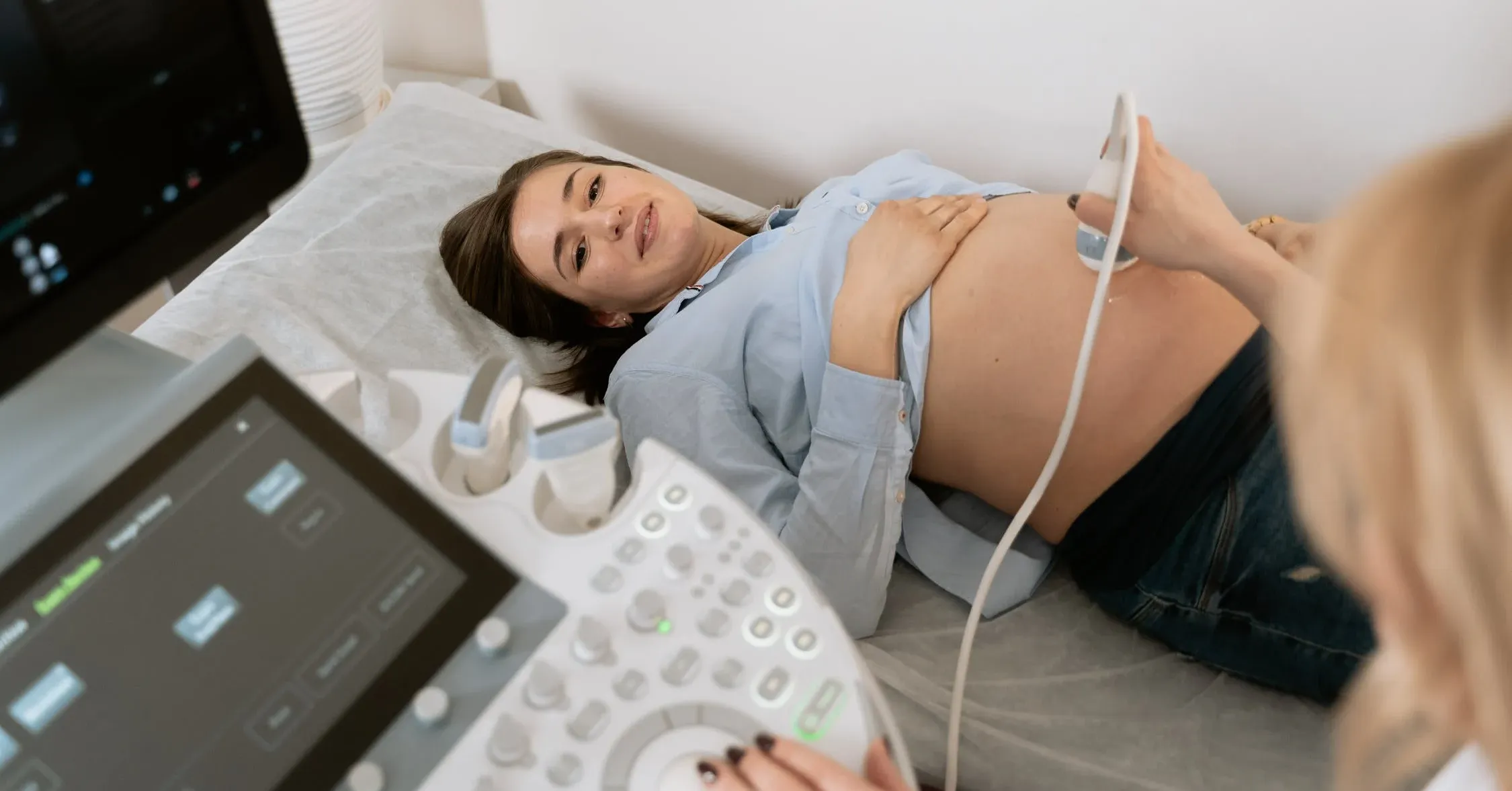
What Are the Best Entry-Level Health Informatics Jobs?
Entry-level health informatics jobs in public health, healthcare systems, and [...]

The Centers for Disease Control and Prevention (CDC) define public health informatics as “the systematic application of information, computer science, and technology to public health practice, research, and learning.” The collection, analysis, and dissemination of accurate and wide-ranging data allow public health decision-makers to identify patterns and formulate public health responses through “surveillance, prevention, preparedness, and health promotion.”
The COVID-19 pandemic response provides an excellent example of how public health information systems can mitigate public health crises and epidemics. In the paper “Managing Pandemics with Health Informatics” (Brian E. Dixon and John H. Holme, Yearbook of Medical Informatics), the authors surveyed peer-reviewed articles concerning the application of informatics in the first year of the pandemic. They found that health informatics was crucial “in managing patients and populations during the COVID-19 pandemic” as public health systems and healthcare providers were able to utilize it “to rapidly identify cases, triage infected individuals, and monitor population trends.”
Health informatics also enabled public health officials, clinicians, and healthcare institutions to screen and manage patients, rapidly shift to telehealth services, better utilize electronic health records (EHR) systems for healthcare operations, and capture, manage, and visualize population data effectively. Additionally, health information technology facilitated interoperability between local health departments and government public health agencies like the Department of Health and Human Services (HHS) and the Centers for Disease Control and Prevention, which allowed them to share meaningful and accurate data—and act on it accordingly.
Those are just some of the ways health informatics impact public health. This article surveys these and also discusses:
To support healthy communities and better health outcomes, public health informatics is used to create efficient public health surveillance systems for disease prevention initiatives and interventions.
Public health informatics helps informaticians achieve public health surveillance macro goals like detecting and tracking threats, including infectious diseases or bioterrorism. They do this by utilizing algorithms that process real-time data to “provide advice on methods for achieving a public health goal faster, better, or at a lower cost by leveraging computer science, information science, or technology.”
Macro data allows public health professionals to employ health data collection from a variety of data sources to quickly see patterns in entire populations—for example, the incidence of disease among the elderly or the very young—and respond quickly and effectively with disease control measures across public and private health services. Public health informatics data also can aid in research and development of new biomedical treatments, including locating test subjects and sharing trial results.
In addition, public health informatics can lead to lower costs and better care. Waste in the US healthcare industry—caused by delays in care, errors, inefficiency, and fraud—total between $760 and $935 billion each year (25 percent of total healthcare spending), resulting in unnecessarily high costs covered by public and private insurers (and ultimately passed along to everyone) and less than optimal care for patients. Health informatics helps to lessen waste by “by reducing medical errors, lowering practice overhead and making care more efficient and effective.”
Since health informatics combines healthcare and computer science, the Master of Science in Health Informatics prepares students to be proficient in both areas. Health informatics program graduates pursue wide range of well-paying careers, including chief nursing informatics officer, medical information officer, health informatics consultant, and privacy manager.
Typically, it takes two years to complete a full-time master’s degree. The University of Pittsburgh health informatic program can be finished in just 16 months.
In addition to the traditional master’s-level admissions prerequisites—letters of recommendation, personal essays, transcripts (with a 3.0 GPA or higher), resumes, and standardized test scores—master’s in health informatics programs may also require professional experience. Not all, however; some MSHI programs help students from non-healthcare or data backgrounds transition to a health informatics career.
In general, the strongest health informatics program candidates have a data or healthcare background. One University of Pittsburgh blog post notes that the program accepts all students, but most have experience in health and rehabilitation sciences, health information management, information science, computer science, biology, business management, and clinical medicine.
Health informatics curricula cover computer science-related subjects like data analytics, warehousing, and machine learning. You’ll study programming and use it as a base for most data-centered coursework. You’ll also learn about the healthcare system, including the ethical and regulatory responsibilities related to electronic medical records. Finally, programs focus on behavioral and management sciences, which is especially useful if you intend to run a healthcare organization.
Informatics programs don’t follow a universal curriculum. If you know you want to focus on, say, the public health side of informatics, that will narrow down your list of prospective schools. University of Scranton, for one, offers community health coursework including Population Health for Health Informatics.
Many programs offer specialization tracks as part of a health informatics degree. The University of Pittsburgh offers four tracks: data science, health informatics, health care supervision and management, and registered health information administrator.
If you have a traditional healthcare background, you may want to pursue a data science specialization to fill in the gaps in your resume. If you know you want to go into healthcare management, that track can provide you with the leadership skills you’ll need to be successful in your decision-making in that role.
According to US News & World Report, top-ranked public health schools that offer health informatics programs include:
Questions or feedback? Email editor@noodle.com

Entry-level health informatics jobs in public health, healthcare systems, and [...]

Public health officials at agencies like the CDC utilize public [...]

The International Medical Informatics Association (IMIA) has created fundamental and [...]

Nursing isn't for everyone. When you become a registered nurse, [...]
Categorized as: Health Informatics & Sciences, Nursing & Healthcare